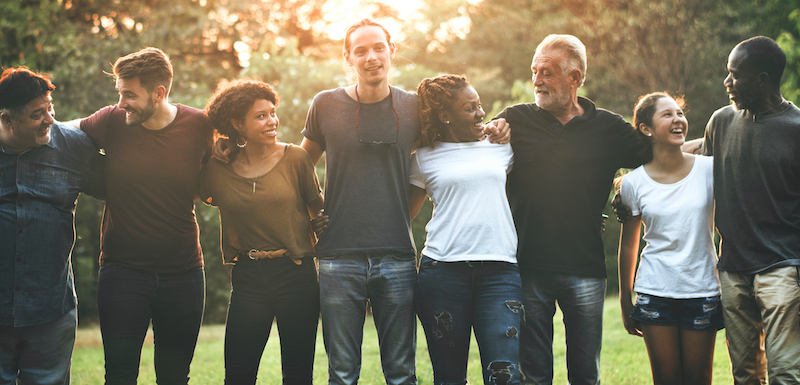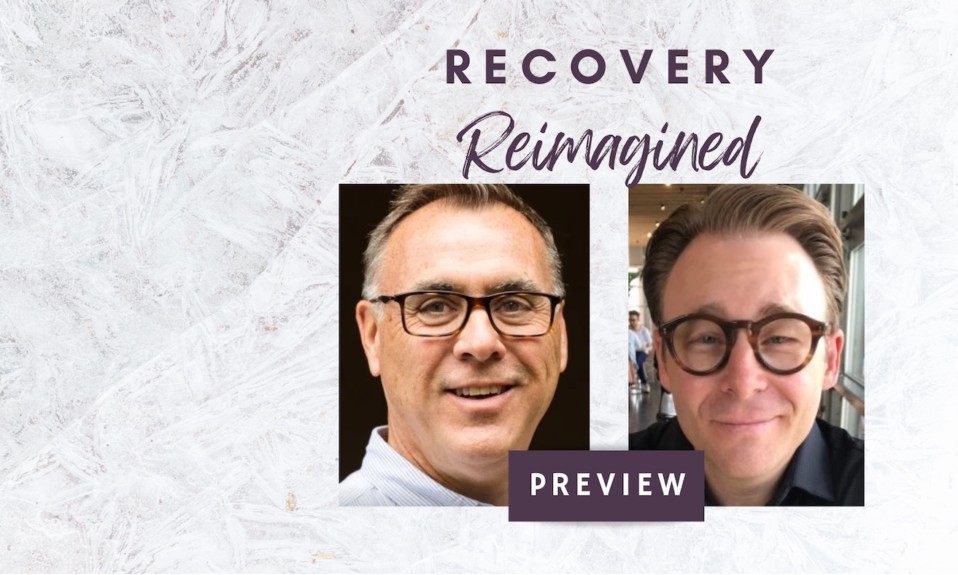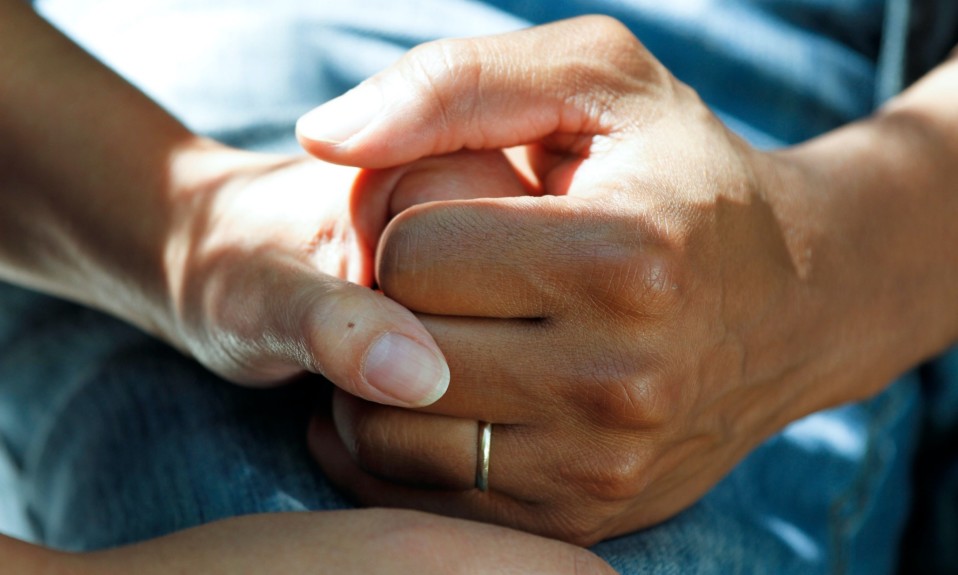These residences provide structured opportunities to build new and healthier connections with people
By Alison Jones Webb
Recovery residences are an important part of the continuum of care for people in early recovery. They deliver peer support and structured living, and offer much-needed opportunities for residents to increase their recovery capital.
Recovery residences run on the “social model of recovery,” which views recovery as an interaction between the individual in recovery and the environment. Life in a recovery house—also called a “sober house”—is as close to a safe, healthy home life as possible, based on local community norms. While recovery houses have similarities with “halfway houses” in that, for example, many people living in them have recently been in prison or jail, the focus is on supporting residents in recovery from substance use disorder.
Research shows that, compared to returning home immediately after residential treatment, living in a recovery residence is associated with higher abstinence rates, greater rates of employment and lower rates of criminal recidivism.
Solutions for alcohol and drug problems shift from the individual to the community of peers in the house, creating accountability by involving house residents in chores, decision-making, conflict resolution and governance, and using personal recovery experiences to help each other. Residents agree to create and follow personalized recovery plans and abide by house rules that foster a recovery-friendly environment.
Types of Recovery Houses
This social model of recovery creates possibilities for countless types of recovery residences based on religion and spirituality, sexual orientation, gender identification, and cultural and socioeconomic backgrounds. Residences come in all shapes and sizes, and monthly fees vary. Low-cost houses offer little in the way of programs or services, and some recovery residences are no more than a rented apartment with sub-leases for each bedroom. More expensive residences provide various services, including help with job hunting, transportation, gourmet food, health club memberships and treatment-oriented programs on site. Most recovery houses are single-sex, and some residences allow parents in recovery to live with their small children. Some places include trained recovery coaches. Nearly all recovery residences require abstinence from mind-altering substances. A handful practice harm reduction and allow, for example, cannabis on site, although there is no research to support the effectiveness of these residences. A growing number of houses accept residents who are on medications for addiction, such as buprenorphine or methadone.
Research shows that, compared to returning home immediately after residential treatment, living in a recovery residence is associated with higher abstinence rates, greater rates of employment and lower rates of criminal recidivism. That same research also shows that for people attending outpatient treatment, recovery houses are associated with better treatment retention. Some research has revealed better outcomes for residences affiliated with larger organizations (e.g., parent organizations, treatment facilities) and houses that implement a 12-step program.

It may come as a surprise that recovery houses create an economic benefit to communities compared to the cost of doing nothing. One study showed a cost savings of $29,000 per person compared to returning to the community without this recovery support. Cost savings were predominantly from reduced illegal activity. Research also indicates that recovery residences may add to the quality of life in a neighborhood because residents often help neighbors with chores and participate in local community events.
A Short History of Recovery Housing
Recovery housing of today grew out of an informal word-of-mouth network developed in the 12-step community years ago. Now the number of recovery houses has grown considerably across the U.S. in response to demand from people in recovery from opioid use disorder (OUD). Unfortunately, this rapid increase in demand created conditions for unscrupulous practices. The “Florida Shuffle” is one well-known example: Treatment agencies provided “bonuses” to recovery houses for referring residents to their intensive outpatient programs (IOPs). If IOP patients start using drugs or alcohol again while living in the houses, the recovery residences would refer them to the treatment agencies for residential care. Then the agencies would send them back to recovery residences after they completed residential treatment and recommend that they attend the IOP. The result was a staggering number of overdose deaths.
In response to these and other dishonest practices and a lack of standards in recovery housing, a group of organizations and individuals created the National Alliance of Recovery Residences (NARR) in 2011 to establish best practices based on research and a rigorous certification process. NARR affiliates certify recovery residences that operate according to a code of ethics and standards based on those best practices. According to NARR, there are more than 2,500 certified recovery residences supporting over 25,000 people in recovery in over 30 states.
Alison Jones Webb, MA, MPH, is the author of Recovery Allies: How to Support Addiction Recovery and Build Recovery-Friendly Communities, which will be published by North Atlantic Books in September 2022.
Photos: Shutterstock













